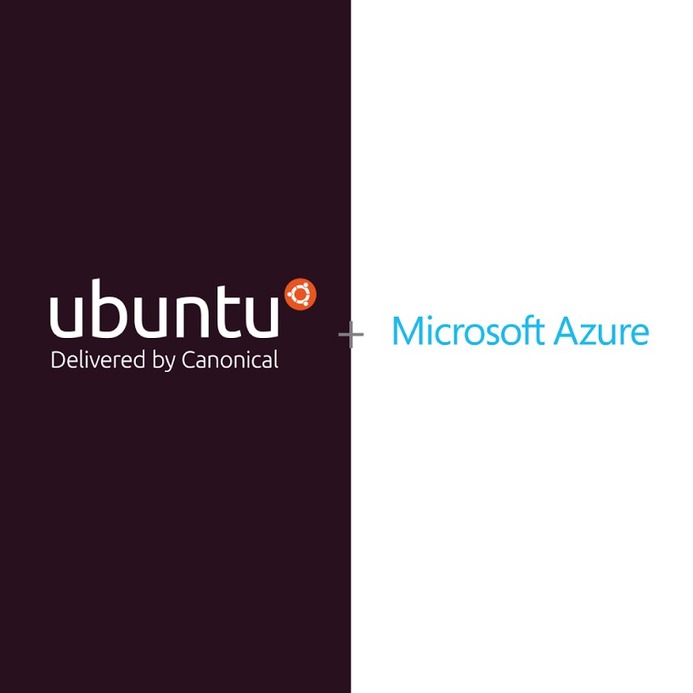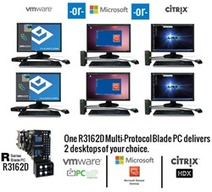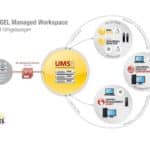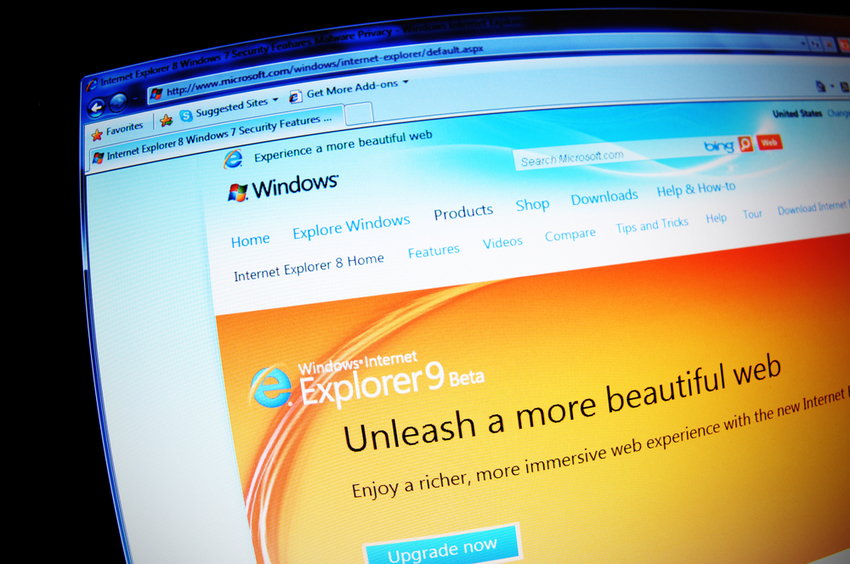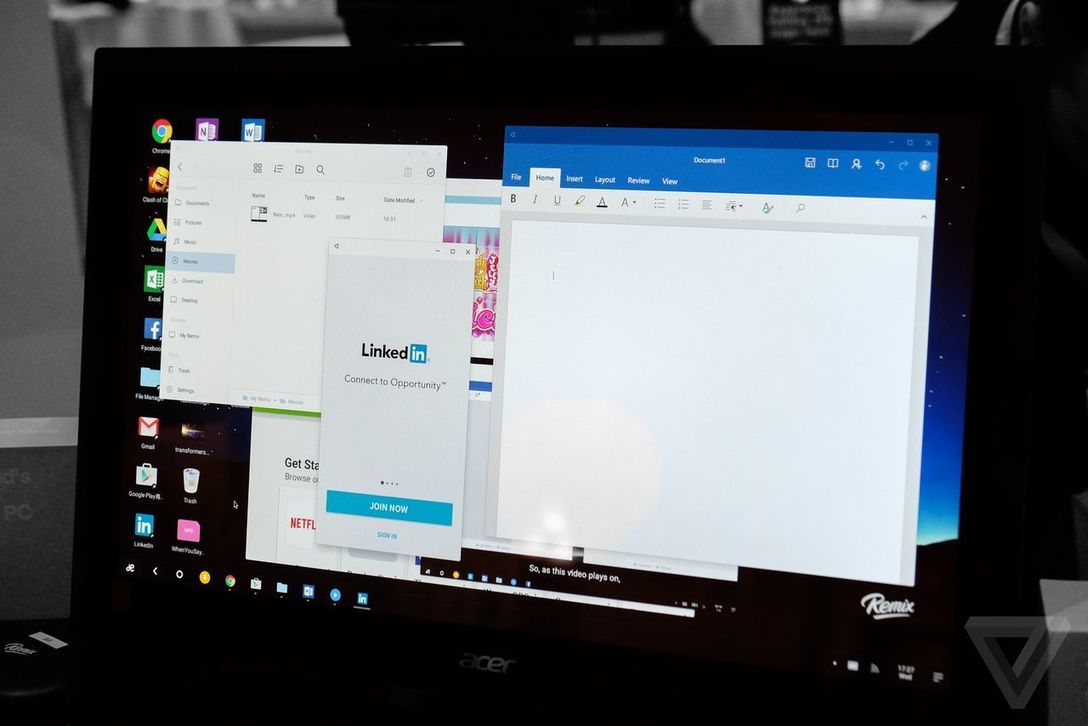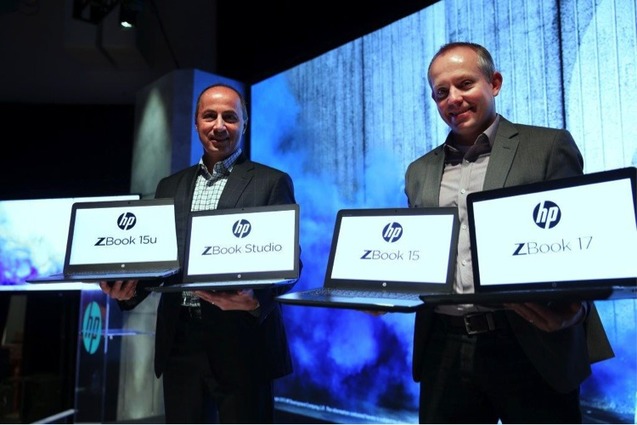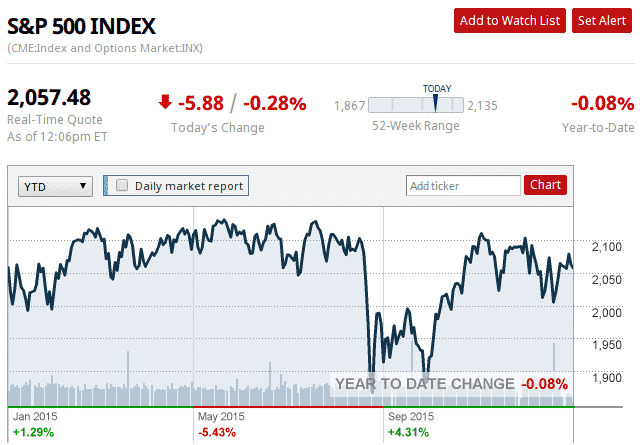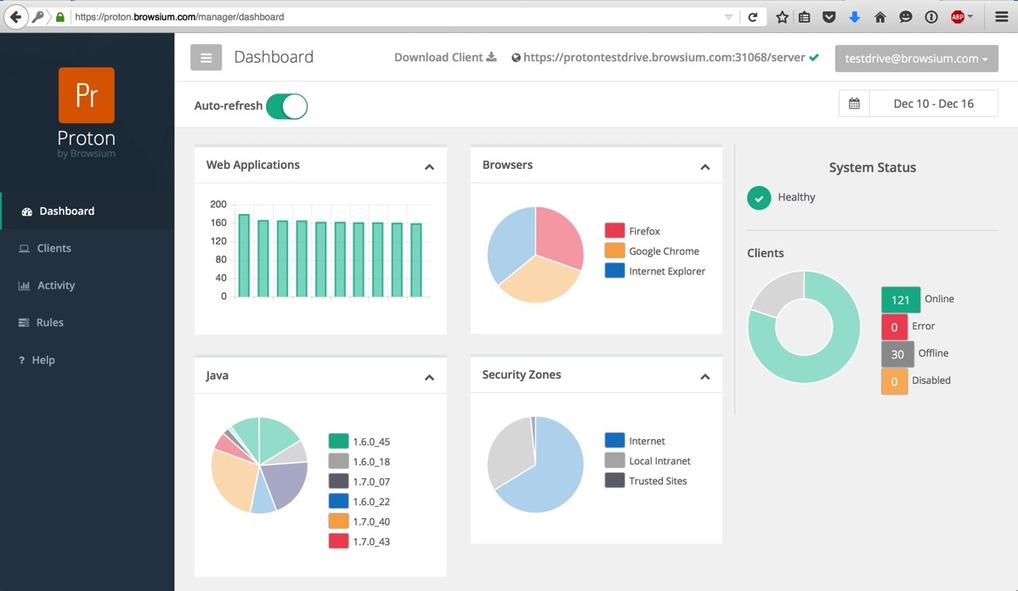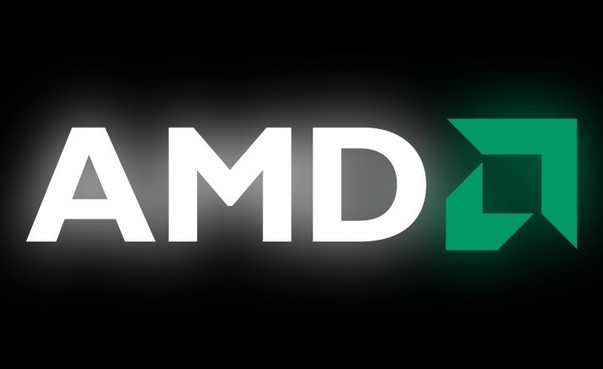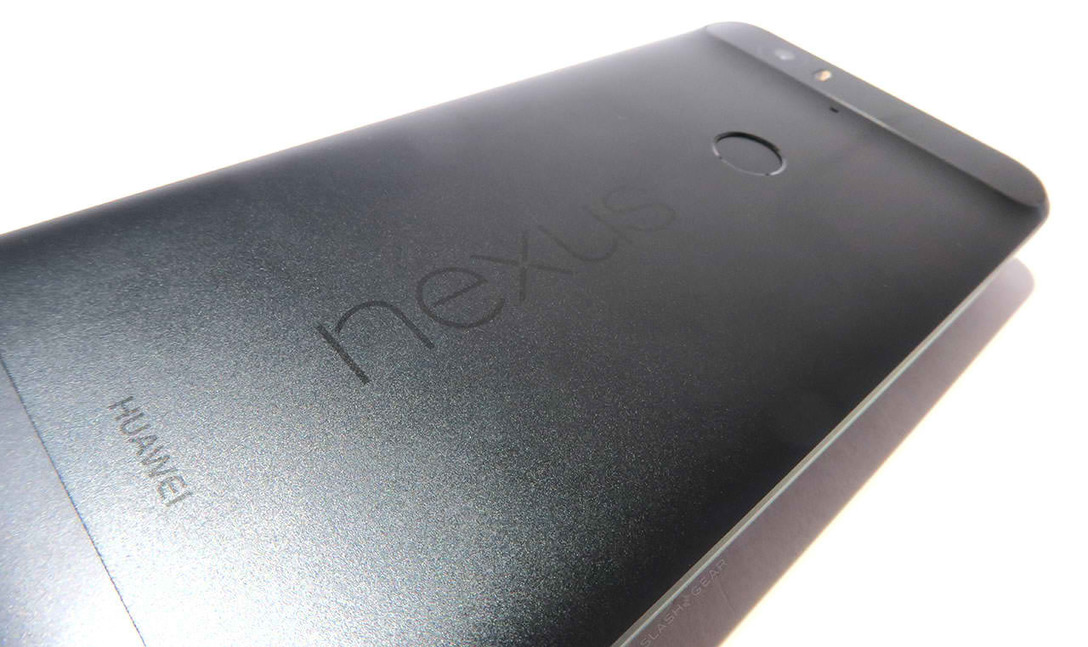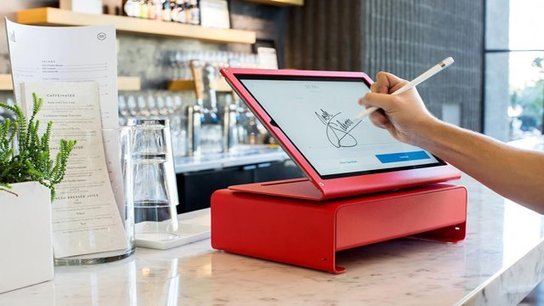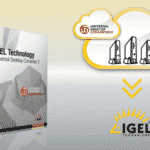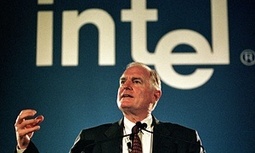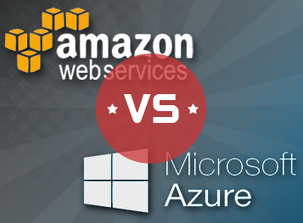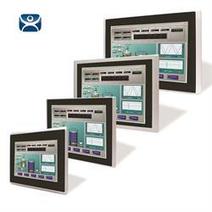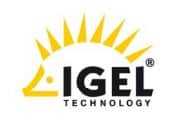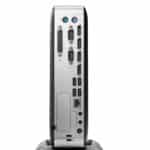
Click to expand image
PALO ALTO, Calif., Nov. 10, 2015 – HP Inc. announced the world’s first thin client with native quad UHD/4K(1, 2) display support for breakthrough graphics performance.(3)
The HP T730 Thin Client is equipped with next-generation quad-core AMD processing power.(4)
The new performance leader in the HP Thin Client lineup empowers businesses to work in the content-hungry environment they want, without add-ons, extras or options. The HP t730 excels in this emerging market for customers in high-performance sectors, like financial services, oil/gas, digital media, and engineering, with an easy and secure solution to drive their heavy content needs.
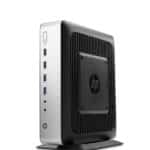
Click to expand image
As display resolutions and screen sizes increase, hybrid computing scenarios are driving new demand for local client processing power. According to IDC, the Virtual Client Computing market expects a five- year CAGR of 7.7percent.(5)
“As more businesses move their most demanding users and apps to virtual computing, we’ve responded by combining cloud-client technology and workstation innovation in one revolutionary platform,” said Jeff Wood, vice president of product management, Workstations & Thin Clients, HP Inc. “The HP t730 Thin Client gives our customers a secure, reliable endpoint for virtual workstation use cases.”
Supporting more displays than the average desktop PC, the HP t730 natively drives four displays at the new UHD/4K resolution standard, and six displays with an optional AMD FirePro™ discrete graphics card. Multimedia is presented in eye-popping detail that translates to a staggering 8,294,400 total pixels. The AMD R-Series™ quad-core APU with Turbo Core technology accelerates CPU performance up to 3.6 GHz to run the most demanding workstation-class apps, and render high-frame rate video to connected displays.
Additional key features on the HP t730 include:
- Integrated, essential software: Ready to deploy right out of the box with mission critical HP Thin Client management and user experience software, including HP Device Manager, HP True Graphics,(6)HP Velocity, HP Easy Shell,(7)HP Remote Graphics, andUnified Communications support. Customers can deploy, manage, and upgrade their install bases in just a few clicks.
- Advanced expansion and connectivity: Supports business needs now and into the future with serial, parallel, PS/2, and USB ports, plus a PCI Express x8 low profile expansion slot.
- Essential OS support: Deploys with a choice of the latest Linux-based HP ThinPro OS, HP Smart Zero Core experience, Windows Embedded Standard 7, or Windows 10 IoT Enterprise.(8)
Price and Availability
The HP t730 is planned for worldwide availability in December 2015 at an estimated U.S. starting price of $599.
HP t730 Thin Client Datasheet
(1) Ultra HD or 4K (3840 x 2160 resolution) content required.
(2) Displays sold separately.
(3) Based on HP’s internal analysis as of October 26, 2015 of thin client vendors with > 5,000 unit annual sales and including standard support for four UHD/4K displays from one GPU.
(4) Multicore is designed to improve performance of certain software products. Not all customers or software applications will necessarily benefit from use of this technology. Performance and clock frequency will vary depending on application workload and your hardware and software configurations. AMD’s numbering is not a measurement of clock speed.
(5) Source: IDC Worldwide Semiannual Software Tracker, November 12, 2014.
(6) HP True Graphics requires an HP Thin Client with an HP ThinPro 5.0 or higher operating system, AMD processing technology, and a Citrix virtual desktop infrastructure—must be XenApp or XenDesktop v7.0 or higher. HP True Graphics is preinstalled with the operating system starting with HP ThinPro 5.2. See the product QuickSpecs for exact compatibility.
(7) HP Easy Shell is currently available on Windows Embedded Standard 7E, Windows Embedded Standard 7P, Windows Embedded 8 Standard, and Windows Embedded 8.1 Industry Pro.
(8) Windows 10 IoT Enterprise for Thin Clients is planned for availability on the HP t730 in January 2016.
Forward-Looking Statements
This press release contains forward-looking statements that involve risks, uncertainties and assumptions. If such risks or uncertainties materialize or such assumptions prove incorrect, the results of HP Inc. (“HP”) and its consolidated subsidiaries could differ materially from those expressed or implied by such forward-looking statements and assumptions. All statements other than statements of historical fact are statements that could be deemed forward-looking statements, including but not limited to statements of the plans, strategies and objectives of HP for future operations; any statements concerning expected development, performance, market share or competitive performance relating to products and services; any statements regarding anticipated operational and financial results; any statements of expectation or belief; and any statements of assumptions underlying any of the foregoing. Risks, uncertainties and assumptions include the need to address the many challenges facing HP’s businesses; the competitive pressures faced by HP’s businesses; risks associated with executing HP’s strategy and plans for future operations and investments; the impact of macroeconomic and geopolitical trends and events; the need to manage third-party suppliers and the distribution of HP’s products and services effectively; the protection of HP’s intellectual property assets, including intellectual property licensed from third parties; risks associated with HP’s international operations; the development and transition of new products and services and the enhancement of existing products and services to meet customer needs and respond to emerging technological trends; the execution and performance of contracts by HP and its suppliers, customers, clients and partners; the hiring and retention of key employees; integration and other risks associated with business combination and investment transactions; the execution, timing and results of restructuring plans, including estimates and assumptions related to the cost and the anticipated benefits of implementing those plans; the execution, timing and results of the restructuring plans, including estimates and assumptions related to the cost (including any possible disruption of HP’s business) and the anticipated benefits of implementing the separation transaction and restructuring plans; the resolution of pending investigations, claims and disputes; and other risks that are described in HP’s Annual Report on Form 10-K for the fiscal year ended October 31, 2015, and HP’s other filings with the Securities and Exchange Commission, including HP’s Quarterly Report on Form 10-Q for the fiscal quarter ended July 31, 2015. HP assumes no obligation and does not intend to update these forward-looking statements.
© 2015 HP Inc. The information contained herein is subject to change without notice. The only warranties for HP products and services are set forth in the express warranty statements accompanying such products and services. Nothing herein should be construed as constituting an additional warranty. HP shall not be liable for technical or editorial errors or omissions contained herein.
About HP
HP creates new possibilities for technology to have a meaningful impact on people, businesses, governments and society. With the broadest technology portfolio spanning printing, personal systems, software, services and IT infrastructure, HP delivers solutions for customers’ most complex challenges in every region of the world. More information about HP (NYSE: HPQ) is available at http://www.hp.com


